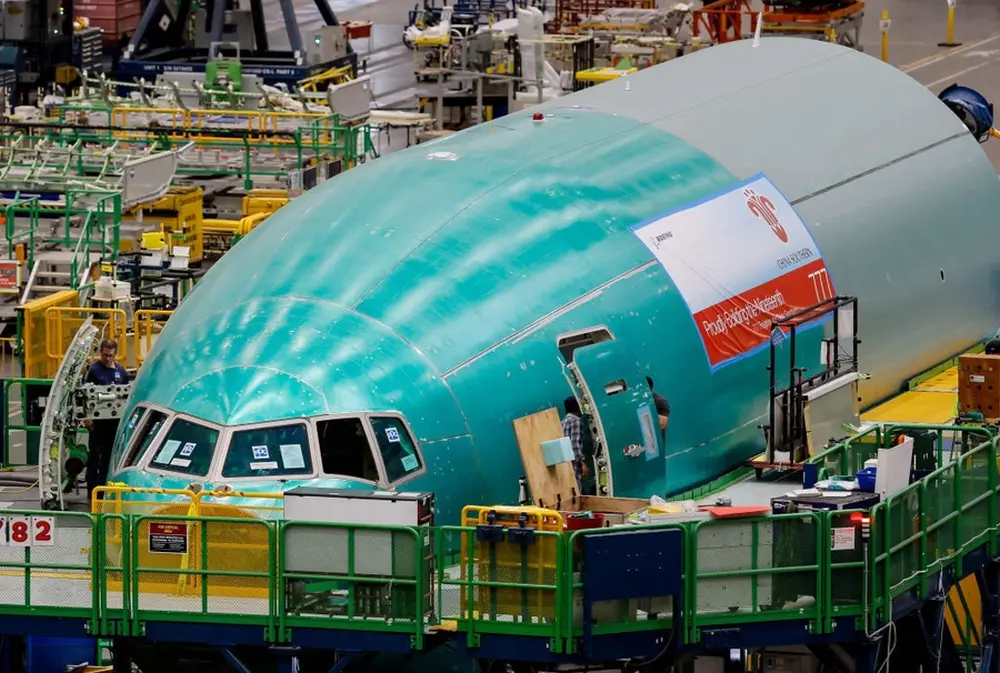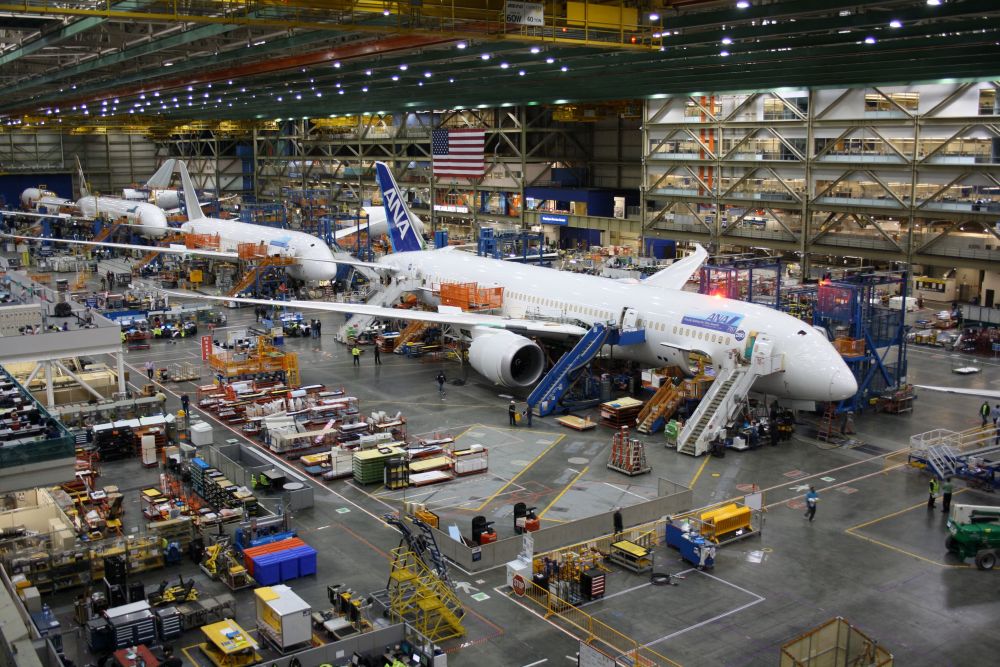Boeing’s troubles seem never-ending, as a massive factory strike by 33,000 unionized workers has brought production of the 737 to a standstill. The strike, which is now entering its second month, has already cost Boeing and its stakeholders $5 billion, with no end in sight. As the situation worsens, a US labor official stepped in to mediate, but the gridlock continues.

The company is also facing a slew of other problems. CEO Kelly Ortberg recently announced that Boeing is bracing for an additional $5 billion in expenses this quarter due to disruptions in both its commercial and defense divisions. Furthermore, 17,000 employees are expected to be laid off in the coming months, affecting workers across all levels of the company, adding more pressure on morale and production.

The delayed rollout of Boeing’s 777X craft until 2026 has further strained relations with one of its largest customers, Emirates, which has ordered almost half of the total delivery. Emirates’ CEO expressed frustration, signaling that Boeing’s delays might result in serious discussions about the future of their partnership. Boeing’s production delays and strained relations with customers are just compounding its ongoing crisis.

Ron Epstein, an aerospace analyst at Bank of America, referred to Boeing’s predicament as a “doom loop cycle,” where quality control issues, labor relations, program execution, and cash burn all feed into one another, worsening the overall situation. As Ortberg prepares for his first earnings call as CEO on October 23, all eyes will be on whether Boeing can recover or remain trapped in this cycle of continuous setbacks.

#BoeingCrisis #AerospaceIndustry #FactoryStrike #AviationNews #CEOLeadership #777XDelay #AerospaceJobs #BusinessChallenges
